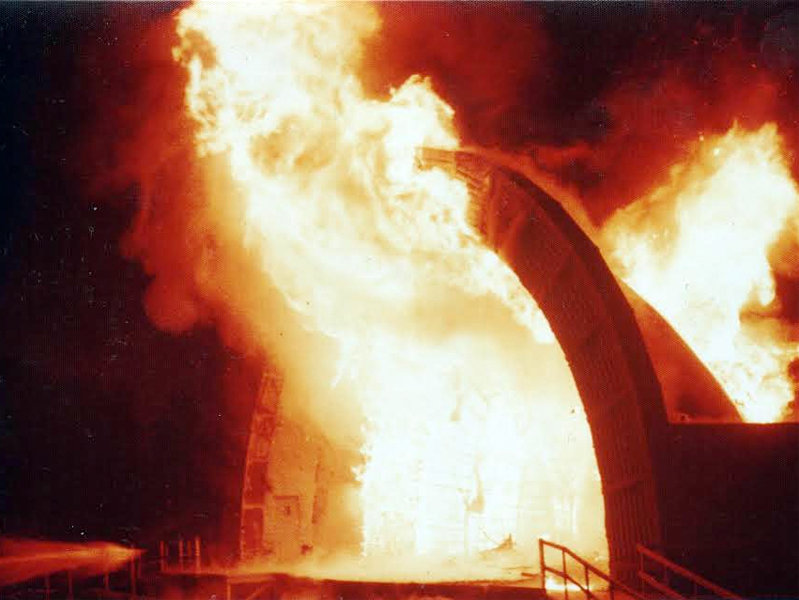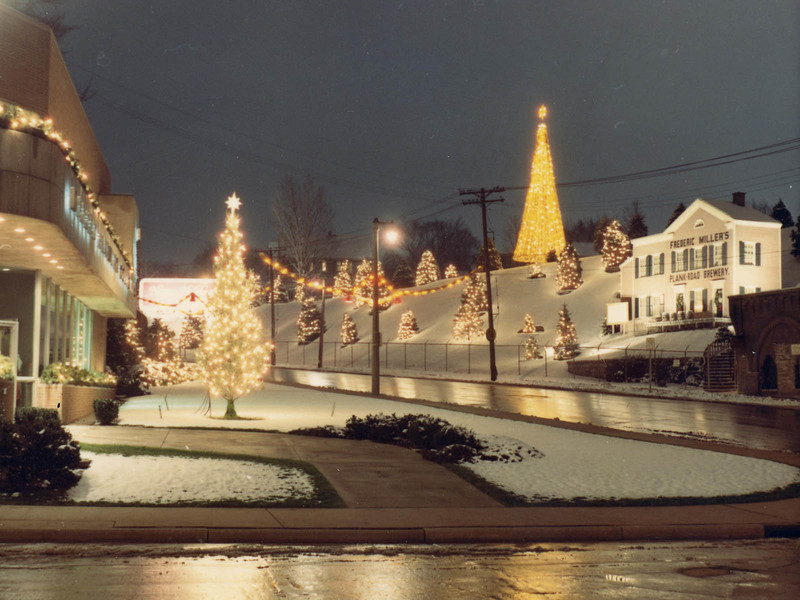Last October, Historic Milwaukee staged a reenactment of the attempted assassination of former President and then-presidential candidate Theodore Roosevelt in Milwaukee on the site, at 3rd and Kilbourn, of the 1912 shooting.
A photo of the recreation of the moment the bullet left John Schrank’s .38 caliber pistol and penetrated the chest of Roosevelt outside the Hotel Gilpatrick was convincing, except that many in the picture are smiling.
This struck me as odd, until I saw a photo in Gerard Helferich’s recent book, "Theodore Roosevelt and the Assassin," published in hardcover by Lyons Press.
That photo shows Schrank standing alongside a policeman, with another officer behind them. All three are wearing huge grins.
People were tougher back then, maybe. Cops and would-be presidential assassins could share a chuckle. "The wound is a trivial one," Roosevelt told his wife in a telegram.
We might be tempted to think he said that simply to prevent his wife from excessive worry, but Roosevelt, despite the bleeding wound, made his speech at the Milwaukee Auditorium anyway and talked for nearly an hour and a half before heading over to the hospital.
No doubt about it, the story of Roosevelt’s shooting in Milwaukee is an odd one. And, says Helferich, it’s a rarely told one, too.
"The incident is mentioned only in passing in other books about Roosevelt, but no other work focuses on the assassination attempt and dramatizes it," says Helferich, a non-fiction author who has written books on a variety of subjects, including the Maya, the Mississippi Delta and Latin America. "As you can imagine, I’ve spoken to a lot of people about the book, and very few were familiar with the incident."
"The opportunity to shed light on a largely forgotten corner of American history was definitely part of the appeal."
Helferich says the idea for the book grew out of a workshop he taught at Columbia University in New York.
"The students suggested the idea," he recalls. "Like most people, I wasn’t familiar with the assassination attempt, but it immediately grabbed my imagination because I realized it was an opportunity to weave a compelling narrative, cutting back and forth between Roosevelt on the campaign trail and Schrank, who stalked him over the course of a month through seven Southern and Midwestern states, waiting for an opportunity to kill him."
The book brings the story to vivid life by not only chronicling the extremely bitter battle for the White House in 1912, but also Schrank’s daily movements. His chapter on Schrank’s arrival in Milwaukee and his route from the train station on Everett Street to the Gilpatrick Hotel on 3rd and Kilbourn will be especially interesting reading for Milwaukeeans.
The 1912 campaign pitted two-term former President Teddy Roosevelt against incumbent Wiliam Howard Taft -- who had been Roosevelt’s vice president and friend before a falling out – and Democrat Woodrow Wilson.
Adding further interest was the fact that when he failed to receive the Republican nomination, Roosevelt formed his own progressive Bull Moose party and ran as a third party candidate. Plus, socialist Eugene Debs was on the ballot, too, and nabbed nearly a million votes.
"I think the thing that surprised me most was how little has changed over the past century," says Helferich.
"During the election campaign of 1912, the major issues included the growing divide between rich and poor, the overwhelming influence exerted by the corporations in the political process, a feeling that the political system was broken and needed to be fixed and a split in the Republican Party. Does any of that sound familiar?"
But there was one major difference between 1912 and 2012, the author says.
"In terms of differences, it struck me how freewheeling campaigns were in those days. Only the President was assigned Secret Service agents, and police protection was spotty, so the candidates’ staff members had to double as bodyguards," he says.
"There was very little separating the candidates from the crowds. Roosevelt barnstormed the country by train, stopping at small towns and speaking from the platform of his railroad car. In the larger cities he would speak at an auditorium, routinely attracting 8,000 or 10,000 people. Since there was no radio or television, the candidates debated each other in the pages of the newspapers; Woodrow Wilson would make a speech one night, for example, and Roosevelt would read about it in the next day’s paper, then refute it in his own speech that night."
Helferich has no immediate plans to visit Milwaukee as part of a book tour, and perhaps surprisingly, he didn’t come to do his research.
"(I’ve been to Milwaukee) only vicariously, through reading Milwaukee newspapers from the period," he says.
"One of the real pleasures and challenges of the project was the chance to do original research, combing through newspaper articles, court records and other documents from that time, piecing together the story like a detective. And several times I found that details that had been published – such as information on Schrank’s family background and his route as he tracked Roosevelt – were incorrect. So it also gave me pleasure to be able to correct the historical record."
Born in Brooklyn, N.Y., where he lived until he was 17, Bobby received his BA-Mass Communications from UWM in 1989 and has lived in Walker's Point, Bay View, Enderis Park, South Milwaukee and on the East Side.
He has published three non-fiction books in Italy – including one about an event in Milwaukee history, which was published in the U.S. in autumn 2010. Four more books, all about Milwaukee, have been published by The History Press.
With his most recent band, The Yell Leaders, Bobby released four LPs and had a songs featured in episodes of TV's "Party of Five" and "Dawson's Creek," and films in Japan, South America and the U.S. The Yell Leaders were named the best unsigned band in their region by VH-1 as part of its Rock Across America 1998 Tour. Most recently, the band contributed tracks to a UK vinyl/CD tribute to the Redskins and collaborated on a track with Italian novelist Enrico Remmert.
He's produced three installments of the "OMCD" series of local music compilations for OnMilwaukee.com and in 2007 produced a CD of Italian music and poetry.
In 2005, he was awarded the City of Asti's (Italy) Journalism Prize for his work focusing on that area. He has also won awards from the Milwaukee Press Club.
He has be heard on 88Nine Radio Milwaukee talking about his "Urban Spelunking" series of stories, in that station's most popular podcast.







